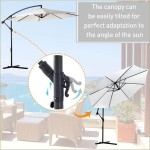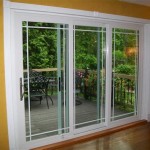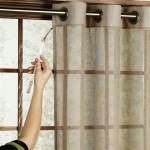Sliding Patio Door Weather Stripping
Weatherstripping for sliding patio doors is a crucial element in maintaining the comfort and energy efficiency of your home. It helps prevent drafts, moisture, and noise from entering your living space, while also reducing heat loss and keeping your energy bills down.
Over time, weatherstripping can become worn, damaged, or brittle, reducing its effectiveness. If you notice drafts or moisture around your sliding patio door, it may be a sign that the weatherstripping needs to be replaced. Replacing weatherstripping is a relatively simple and inexpensive task that can make a significant difference in the performance of your patio door.
There are several different types of weatherstripping available for sliding patio doors, each with its own advantages and disadvantages.
- Brush weatherstripping: This type of weatherstripping is made of a series of soft bristles that create a tight seal against the door frame. Brush weatherstripping is effective at blocking drafts and moisture, but it can be more difficult to open and close the door.
- Foam weatherstripping: Foam weatherstripping is a compressible material that conforms to the shape of the door frame. It is less effective at blocking drafts than brush weatherstripping, but it is easier to open and close the door.
- Vinyl weatherstripping: Vinyl weatherstripping is a durable and flexible material that is easy to install. It is effective at blocking drafts and moisture, but it can be more expensive than other types of weatherstripping.
- Magnetic weatherstripping: Magnetic weatherstripping uses magnets to create a seal between the door and the frame. It is very effective at blocking drafts and moisture, but it can be more expensive than other types of weatherstripping.
When choosing weatherstripping for your sliding patio door, it is important to consider the climate in your area, the type of door you have, and your budget. For example, if you live in a cold climate, you may want to choose a more durable material like vinyl or magnetic weatherstripping. If you have a heavy patio door, you may need to choose a weatherstripping that is more difficult to open and close.
Once you have chosen the right weatherstripping, you can follow these steps to install it:
- Clean the door frame and the door thoroughly with a damp cloth.
- Apply the weatherstripping to the door frame according to the manufacturer's instructions. Some types of weatherstripping will require adhesive, while others will simply press into place.
- Test the weatherstripping by opening and closing the door several times. Make sure that the door seals tightly against the frame and that there are no gaps.
By replacing the weatherstripping on your sliding patio door, you can improve the comfort and energy efficiency of your home. It is a simple and inexpensive task that can make a big difference.

Drafty Patio Door Weatherstripping Stops Drafts Cold Diy Family Handyman

Drafty Patio Door Weatherstripping Stops Drafts Cold Diy Family Handyman

Patio Door Weatherstrip Frost King Weatherization Products

Drafty Patio Door Weatherstripping Stops Drafts Cold Diy Family Handyman

Drafty Patio Door Weatherstripping Stops Drafts Cold Diy Family Handyman

513 Vinyl Side Stop Weather Strip For Sliding Patio Doors R Windows

511 Side Or Head Seal Weather Strip For Sliding Patio Doors

Condo Blues 6 Ways To Insulate A Drafty Sliding Glass Door

Condo Blues 6 Ways To Insulate A Drafty Sliding Glass Door

Glass Shower Door Seal Sliding Edge Strip Weather Made In Com








